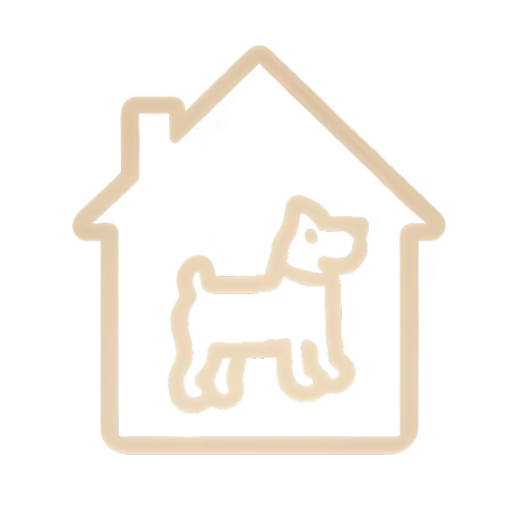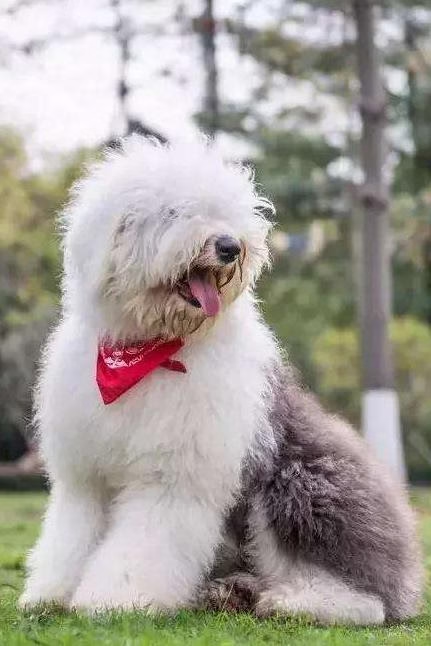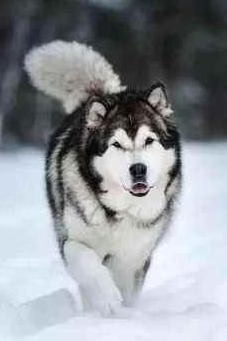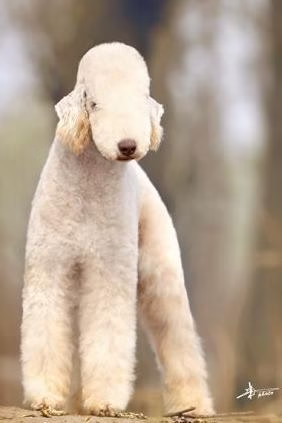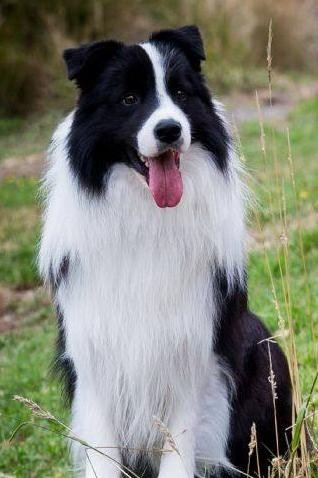Australian Terrier (Aussie Terrier)

Australian Terrier
Aussie Terrier
Basic Information
- Category: Pet Dog
- Origin: Australia
- Body Type: Small
- Height: 24-25 cm
- Hair Length: Long hair
- Lifespan: 10-14 years
Ratings
| Trainability | ⭐️⭐️⭐️ |
| Affection Level | ⭐️⭐️ |
| Barking Level | ⭐️⭐️ |
| Shedding Level | ⭐️⭐️ |
Breed Introduction
The Australian Terrier is the first Australian breed accepted and displayed in its native land, and it is also the first Australian breed to be formally recognized by other countries. In 1977, the American Australian Terrier Club became a member of the AKC. Today, this breed is officially recognized and showcased in various countries worldwide.
As one of the smallest working terriers, these dogs serve as assistants and companions in tough times and harsh regions. The species distribution of Australian Terriers dates back to the early 1880s, when a local rough-haired dog known as the Hard-Haired Terrier was found in Tasmania, closely related to ancient British herding dogs. This terrier is believed to have been crossbred with some other British terrier breeds, leading to the development of a fast and robust dog capable of enduring hardship. Pioneers needed these dogs to control rodents and snakes in wetlands and fields, as well as sheep and camels inland, sometimes used for herding, sounding alarms in case of intruders, and also kept as companion dogs. The dogs used for crossbreeding were chosen to develop specific desired traits.
Despite some disagreements regarding the history of the Australian Terrier, their consensus on the types of dogs used for crossbreeding is similar. This includes ancestors of other terrier breeds, such as the Dandie Dinmont, Cairn Terrier, Yorkshire Terrier, and possibly the Old Black and Tan, believed to have resulted from the crossbreeding of Irish and Cairn terriers, now known as the Manchester Terrier. Fortunately, the diverse crossings produced a beautiful dog that owners take pride in displaying at home and in public. The Australian Terrier is one of the best choices for exhibitions, urban families, or farms.
These dogs are very spirited, confident, and curious, with excellent hearing and vision, making them great watchdogs to alert against intruders. They adapt well to various climates and environments, with their double coat shedding very little, making them comfortable year-round. They continue to excel as born, tireless ratters and hunting dogs. Perhaps due to their close relationships with humans in harsh environments, they show great devotion, are very affectionate, and obediently follow their owner’s commands. The Australian Terrier is a good family dog and a great companion for the solitary. This realization truly fulfills the dreams of early breeders who hoped to cultivate a dog: tough, intelligent, capable of performing daily outdoor tasks, small in size, and able to return home at night.
Originating from Australia, its ancestors crossed the ocean from England, carrying genetic influences from the Cairn Terrier, Yorkshire Terrier, Skye Terrier, and Norwich Terrier. After World War II, they arrived in North America with military personnel and merchants. The development of the Australian Terrier traces back to the 19th century. This breed is likely a result of crossbreeding among multiple terrier types, including the Irish Terrier, Cairn Terrier, Norwich Terrier, Dandie Dinmont Terrier, Yorkshire Terrier, and Skye Terrier. A rough-haired terrier exhibited at the Royal Exhibition of Queensland in Australia in 1868 represents the earliest form of this terrier. It was named the Australian Terrier during its exhibition in Melbourne in 1885, and an Australian Terrier Club was established in that city in 1889, with standards set in 1896 that later spread worldwide, culminating in UK recognition in 1933, followed by US recognition and registration in 1960. The breed comes in both erect-eared and droopy-eared types; only the erect-eared variant is recognized in the US, while the UK recognizes both types.
